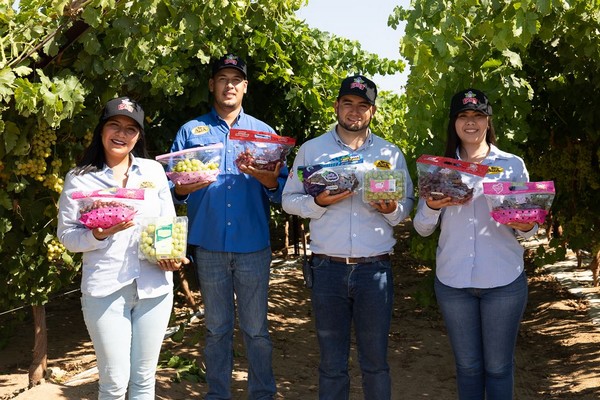
BRASILIA, BRAZIL — Delayed planting and continued dry conditions has dropped Brazil’s estimated corn production 11 million tonnes, to 94 million tonnes, for the 2020-21 marketing year, according to a Global Agricultural Information Network (GAIN) report from the US Department of Agriculture (USDA).
If realized, the 2020-21 marketing year corn production would be the lowest Brazilian corn production volume since the 2017-18 marketing year, which also was challenged by drought.
The USDA also has reduced its 2020-21 marketing year corn export forecast along with the expected decline in production. Brazil is anticipated to export 27 million tonnes of corn, a 23% decline year-over-year. However, the USDA maintains its corn export estimate for the 2021-22 marketing year of 40 million tonnes based on an expectation of expanded production, as well as the likelihood that the Brazilian real will remain relatively weak.
Strong domestic demand from Brazil’s poultry livestock sector is fueling a one million tonne increase in corn imports. The USDA expects the country to import about three million tonnes of corn in the 2021-22 marketing year.
Wheat production in the 2020-21 marketing year rebounded compared to the previous year that faced adverse weather. The USDA maintains its wheat production estimate at 6.25 million tonnes.
Despite lowering its estimate, the USDA expects Brazilian wheat production in the 2021-22 marketing year to reach a record high. The country is anticipated to see a wheat production decrease of 200,000 tonnes in the 2021-22 marketing year bringing the total to 6.85 million tonnes. Delayed planting and dry conditions are impacting the commodity’s production.
The USDA’s Brazilian wheat import forecast for the 2020-21 marketing year remains unchanged at 6.5 million tonnes as the devalued Brazilian real has made dollar-dominated imports more expensive. However, diminishing wheat stocks are expected to fuel wheat imports in the 2021-22 marketing year to 6.7 million tonnes.
Record high domestic prices buoyed Brazil’s rice production in the 2020-21 marketing year to 7.9 million tonnes but competition from other commodities such as wheat and corn remain. Production of the commodity in the 2021-22 marketing year is forecast to dip slightly to 7.82 million tonnes.
As the Brazilian economy struggles to deal with impact of the COVID-19 pandemic, the weakening Brazilian real is expected to remain compared to the US dollar. This exchange rate is anticipated to buoy export volumes. The USDA has raised its Brazilian rice export estimate to 950,000 tonnes for the 2020-21 marketing year and maintains next season’s forecast at 900,000 tonnes.
Based on the larger-than-expected rice production, the USDA expects Brazil to import about 800,000 tonnes of rice in the 2020-21 marketing year. Imports for the following marketing year are anticipated to total 800,000 tonnes of rice as well.
The Link LonkJune 29, 2021 at 08:07PM
https://ift.tt/3y3BBxY
Dry conditions decrease Brazilian corn production estimate - World Grain
https://ift.tt/3gguREe
Corn



 For more information, please contact:
For more information, please contact:
